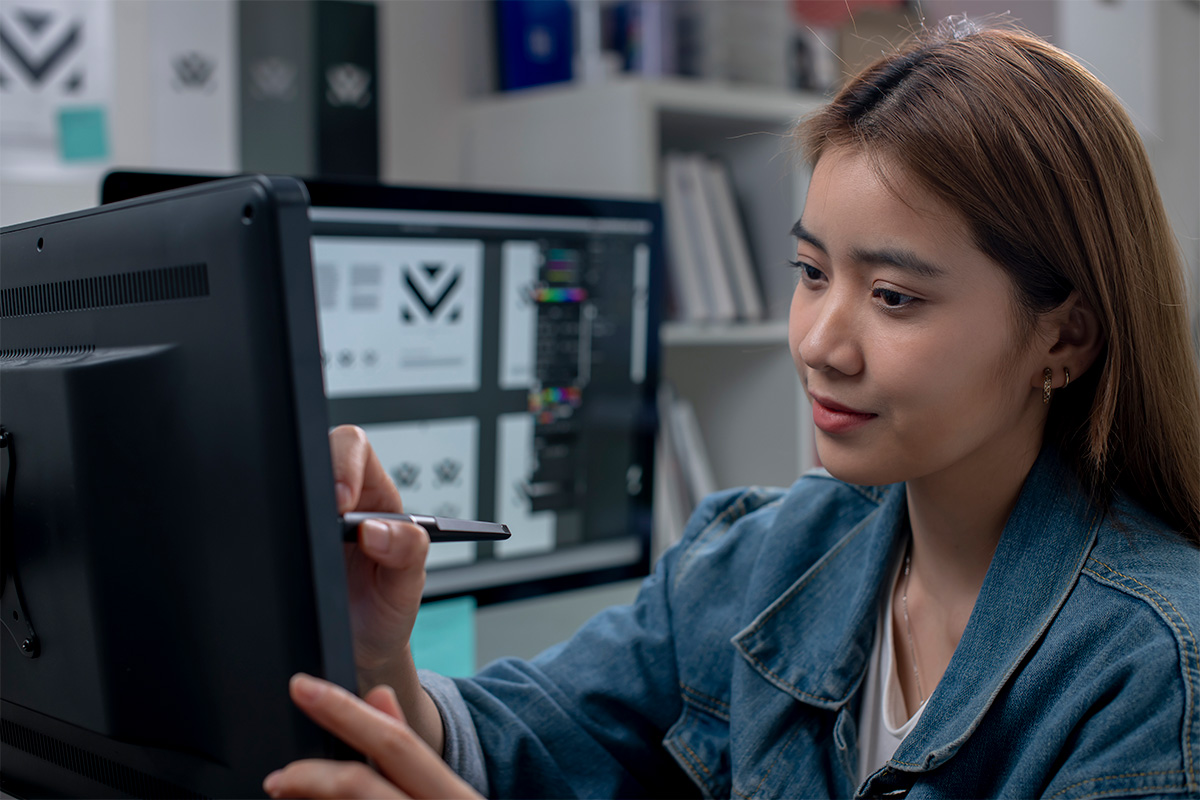
Animation Studio in South Africa: Blending Techniques
Over the past few decades, animation styles have shifted in many directions, but in recent years, a particularly fresh approach has emerged. Films and series like Spider-Man: Into the Spider-Verse, Arcane, and Puss in Boots: The Last Wish are no longer just pushing the envelope—they are scribbling all over it with stylus pens, brush strokes, and motion blur. What is interesting here is not just the end result, but the hybrid approach these productions take: combining traditional 2D elements with 3D animation to create a look that feels both nostalgic and completely fresh. For an animation studio in South Africa, this method opens up a variety of directions to explore when working on content that needs to feel imaginative, yet accessible. But first, a closer look at how this combined 2D and 3D style works, and why it has become so effective in animation today.
The Basics: What Is Hybrid Animation?
The phrase “hybrid animation” might sound like something out of a lab, but it simply refers to a technique that merges 2D and 3D animation in one production. This does not mean a few flat characters running around on a 3D background. Rather, it is about integrating 2D techniques—like painted lighting, stylised effects, or frame smears—directly into 3D-rendered scenes. The goal is not realism. It is style. And when done well, it can shift the entire tone of a visual experience.
An animation studio in South Africa working with clients in industries like training, marketing, or corporate communication can apply similar principles, using this approach to introduce more variation and texture into otherwise straightforward content.
Case Studies: Hybrid Animation in Action
This mix of techniques is not limited to theory. Some of the most widely recognised animated productions in recent years have built their entire look around this approach. Exploring how each one applies it differently helps make the method more concrete, and a lot more interesting.
Spider-Man: Into the Spider-Verse – Breaking Animation Rules for Style Points
When Spider-Verse arrived, it looked nothing like traditional animated films. This was deliberate. Sony Pictures Imageworks made the decision to animate on twos (12 frames per second) rather than the usual 24, giving it a punchier, comic book rhythm. They layered 2D elements like speed lines, halftone dots, and onomatopoeia text directly into the scenes. Even the lighting and shading were drawn rather than calculated through traditional rendering software.
This meant every frame was treated like a standalone illustration. It created a stop-motion, graphic-novel aesthetic that drew global attention.
While the superhero theme may not be a direct fit for every client, the technique is what is interesting. An animation studio in South Africa could use similar effects—selectively painted shadows, expressive linework, or colour blocking—to give content a bold and memorable finish, even in more formal environments like explainer videos or training modules.
Arcane – Concept Art That Moves
Produced by Fortiche in partnership with Riot Games, Arcane brought a painterly feel to episodic animation. Characters were sculpted in 3D, but their surfaces were treated with hand-painted textures. Think of it as concept art that decided to move.
Instead of relying on automated lighting systems, highlights and shadows were manually painted onto the characters and environments. This resulted in a visual style that felt close to a moving painting, with visible brush textures and dramatic compositions. The success of Arcane lies in how it balances style and readability. It does not sacrifice clarity for beauty—both coexist.
This is an area where an animation studio in South Africa could find inspiration. Training and educational videos, which are often focused on clarity, can still benefit from a stylised approach. By borrowing some of the visual thinking from Arcane, animations can feel richer without being distracting.
Puss in Boots: The Last Wish – Action with an Artist’s Touch
DreamWorks took a fresh turn with Puss in Boots: The Last Wish, moving away from photorealistic textures toward a more illustrative approach. Inspired by storybooks and anime, the animation included sequences with painterly backgrounds, 2D effects like dust clouds and sparkles, and stylised motion blurs that gave fast scenes more visual punch. The use of these techniques helped make action scenes feel more dramatic and visually exciting without being cluttered.
This kind of energy can be incredibly useful outside of film. A promotional video, for example, might benefit from action-inspired transitions or stylised effects that help convey movement, energy, or change. An animation studio in South Africa could use these ideas in more subtle ways—perhaps in corporate videos that want to break the monotony of the traditional slide-and-text approach.
Why This Style Works So Well
So why does this blending of 2D and 3D work so effectively? Part of the reason is that it makes viewers pay closer attention. It interrupts expectations. Audiences used to glossy 3D realism or flat vector styles suddenly find themselves in a space that looks animated—but also illustrated, painted, and sometimes even drawn right in front of them.
There is also the sense of control. When lighting, effects, and textures are painted manually, creators have more influence over what the viewer notices and feels—without relying entirely on software to make those decisions.
This is an area where an animation studio in South Africa can adapt these methods to match specific client needs. A technical video, for instance, can use 2D effects to highlight a process or transition. A safety training module might feel less rigid and more visually intuitive with hand-drawn motion cues or illustrative lighting.
Style That Supports the Message
The success of hybrid animation does not lie in novelty alone. It is in how it supports the tone and purpose of the content. In Arcane, it enhances drama. In Spider-Verse, it reinforces energy and theme. In Puss in Boots, it makes the action sequences more playful and eye-catching.
For businesses looking to share ideas in a more visually meaningful way, the lesson is not to replicate Hollywood, but to borrow approaches that suit the message. This is where the skill of an animation studio in South Africa becomes valuable—taking inspiration from global trends and applying them to business-focused content in a way that is purposeful.
Final Thoughts
Hybrid animation is a clever way to break the rules without losing the plot. By mixing 2D and 3D techniques, it creates something unique that feels fresh, memorable, and full of character. This style proves that animation can be both innovative and effective, offering a refreshing alternative to more traditional approaches.
For businesses, an animation studio in South Africa can help bring a touch of this distinctive style to your videos—whether you are working on training content or a marketing piece. It is about finding a way to make your content stand out while still doing what it is meant to do.Animation does not always have to follow the same old rules. Sometimes, mixing things up is exactly what you need.Curious about how hybrid animation can transform your next project? Sound Idea Digital can help bring a fresh twist to your videos. Let’s talk about what we can do together.
We are a full-service Web Development and Content Production Agency in Gauteng specialising in Video Production, Animation, eLearning Content Development, Learning Management Systems, and Content Production.
Contact us for a quote. | enquiries@soundidea.co.za | https://www.soundideavideoproduction.co.za| +27 82 491 5824 |

